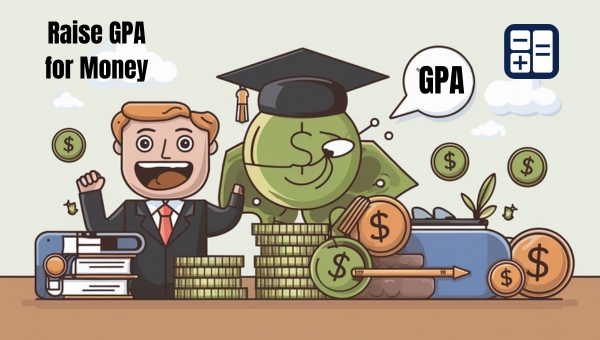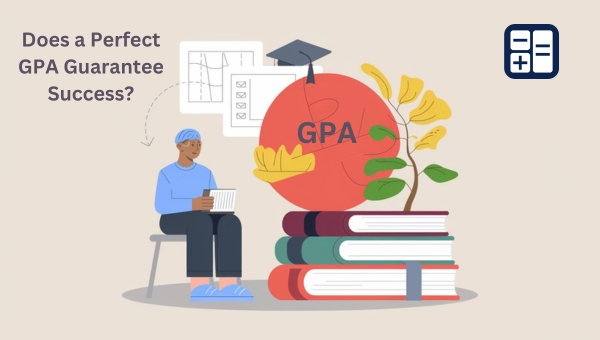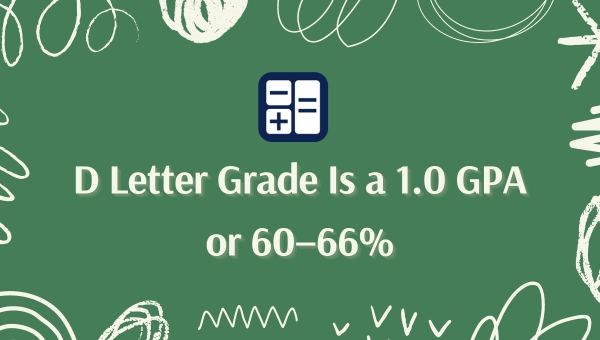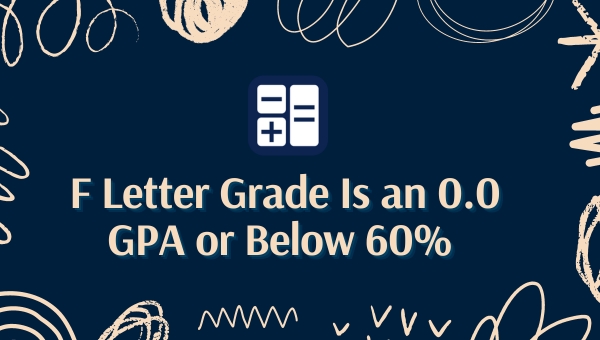Get Into Your Dream College Without a High GPA
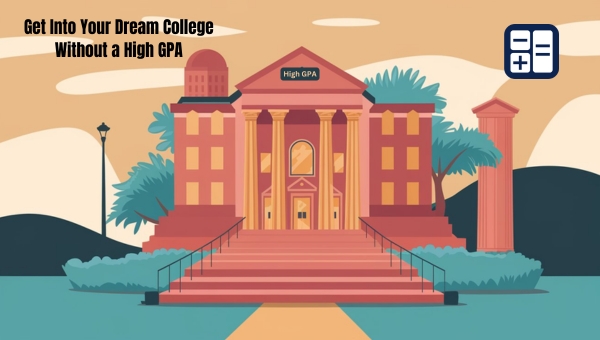
Are you worried about your GPA but still dreaming of that perfect college? This article is your ultimate guide on how to get into your dream college without a high GPA.
We’ll delve into understanding the admissions process, building a strong application profile, exploring alternative admission routes, overcoming academic challenges, and navigating financial aid options. By the end, you’ll have a comprehensive strategy to make your dream a reality. Let’s dive in!
Breaking Down The Admissions Process Without a High GPA
Navigating college admissions without a high GPA can be challenging, but it’s not impossible. Admissions committees evaluate applicants holistically, considering various factors beyond grades.
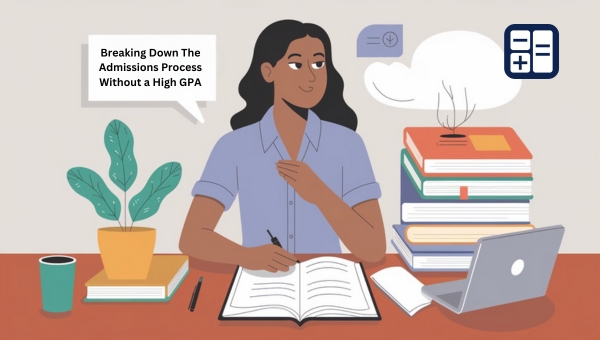
Here are key aspects to understand:
Step 1: Recognize Holistic Review
- Understand the Concept: Colleges often use a holistic review process, meaning they look at the entire applicant, not just GPA and test scores.
- Components Considered: This includes personal statements, extracurricular activities, letters of recommendation, and interviews.
Step 2: Contextual Evaluation
- Assess Your Circumstances: Admissions committees consider the context behind your GPA. For example, they may look at:
- The difficulty of your courses (e.g., honors or AP classes).
- Any personal challenges or hardships that may have affected your academic performance.
Step 3: Highlight Unique Qualities
- Diversity Matters: Colleges seek a diverse student body. Think about how your unique experiences, background, or perspective can contribute to the campus community.
- Showcase Your Strengths: Emphasize skills, talents, or experiences that make you stand out as an applicant.
Step 4: Demonstrate Interest
- Engage with the College: Show your commitment by:
- Attending campus tours or open houses.
- Participating in interviews or information sessions.
- Communicating with admissions officers through emails or phone calls.
Step 5: Prepare a Strong Application
- Craft Your Personal Statement: Write a compelling essay that reflects your journey, aspirations, and what you can bring to the college.
- Gather Strong Recommendations: Seek letters from teachers or mentors who can provide personalized insights into your character and abilities.
Step 6: Emphasize Improvement and Growth
- Show Academic Progress: If applicable, highlight any upward trends in your grades or additional coursework that demonstrates your commitment to learning and improvement.
Step 7: Apply Strategically
- Research Colleges: Identify schools that align with your interests and values, and that may be more flexible regarding GPA.
- Consider Alternative Routes: Explore options like community college transfer programs or special admission programs designed for students with unique backgrounds.
By following these steps, you can navigate the admissions process effectively, even if your GPA isn’t as high as you’d like it to be.
Building a Strong Application Profile
Creating a robust application profile is crucial. Here’s how to make each component shine:
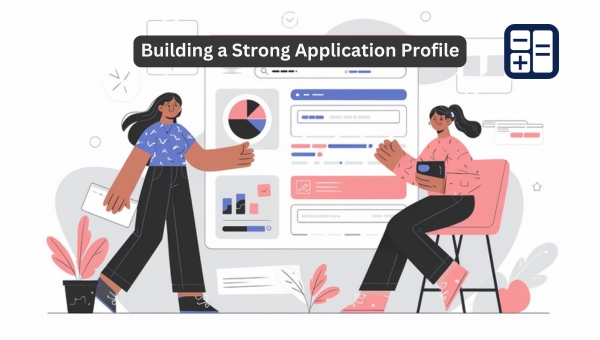
a.) Extracurricular Activities
- Leadership Roles: Demonstrate leadership in clubs, sports, or community services.
- Diverse Interests: Show involvement in various activities to highlight your well-roundedness.
- Consistency: Long-term commitment to activities can be more impressive than short-term involvement.
b.) Letters of Recommendation
- Personalized Letters: Seek recommendations from teachers who know you well.
- Highlight Strengths: Ensure the letters emphasize your strengths and potential.
- Mentorship: Letters from mentors in relevant fields can add weight to your application.
c.) Demonstrating Interest in College
- Campus Visits: Attend open houses and tours to show genuine interest.
- Interviews: Request interviews to discuss your enthusiasm and fit for the college.
- Correspondence: Regularly communicate with admissions officers to stay on their radar.
Alternative Admission Routes
When traditional college admissions seem out of reach, alternative admission routes offer students additional pathways to achieve their academic goals.
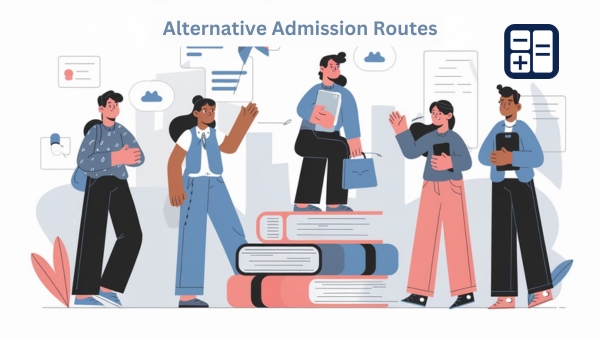
These routes provide flexibility, allowing students to explore options like community colleges, special programs, or even online degrees. Understanding these alternatives can help make higher education more accessible for a broader range of learners.
a.) Community College Transfer Programs
- Start Local: Begin at a community college and then transfer to your dream college.
- Articulation Agreements: Look for agreements between community colleges and universities for smoother transfers.
- Build a Strong Record: Perform well at the community college to boost your academic profile.
b.) Special Admission Programs
- Bridge Programs: Some colleges offer programs for students with unique qualifications.
- Life Experience: Highlight non-traditional experiences that make you a valuable candidate.
- Diversity Initiatives: Apply to programs aimed at increasing campus diversity.
c.) Specialized Skills or Talents
- Athletic Talent: Use sports achievements to gain admission.
- Artistic Skills: Showcase talents in music, art, or theater.
- Technical Skills: Highlight expertise in areas like coding or engineering.
Overcoming Academic Challenges
Academic difficulties are a typical occurrence for all students. These challenges can feel insurmountable, ranging from handling demanding workloads to comprehending difficult subjects.
Overcoming these challenges, however, is not only feasible but may also result in academic achievement and personal development if the proper attitude and techniques are applied.
Let’s look at some practical strategies for overcoming academic obstacles and succeeding in your scholastic endeavors.
a.) Additional Courses and Certifications
- Online Courses: Enroll in online classes to show continuous learning.
- Certifications: Obtain relevant certifications to demonstrate expertise.
- Community Classes: Take local courses to improve your academic record.
b.) Tutoring and Academic Support
- Professional Tutors: Hire tutors to improve your understanding of challenging subjects.
- School Resources: Utilize school-provided academic support services.
- Peer Study Groups: Join study groups to enhance learning and accountability.
c.) Time Management Skills
- Prioritize Tasks: Learn to prioritize academic tasks effectively.
- Set Goals: Establish short-term and long-term academic goals.
- Use Tools: Employ planners and apps to manage your time efficiently.
Financial Aid Options
Securing financial aid is a crucial step in your journey to get into your dream college without a high GPA. There are several avenues to explore, each offering unique benefits. Let’s dive into scholarships, work-study programs, and grants to see how they can support your college ambitions.
Scholarships For Non-Traditional Students
Scholarships are not just for the top academic performers. Many scholarships are available for non-traditional students, which can include those with unique life experiences or circumstances.
- Look for scholarships that cater to your specific background.
- Apply early and ensure all your documentation is in order.
- Reach out to scholarship providers for any clarifications or additional support.
Work-Study Programs
Work-study programs provide an excellent opportunity to earn money while studying, easing the financial burden.
- Research the work-study options available at your college.
- Apply for positions that align with your interests and career goals.
- Balance your work and study commitments effectively.
Grants And Fellowships
Grants and fellowships can be a game-changer as they often cover tuition costs without requiring repayment.
- Identify grants that match your profile, such as those based on financial need or specific talents.
- Prepare a compelling application to increase your chances of success.
- Stay informed about deadlines and application requirements.
Exploring these financial aid options can significantly ease your transition into college life, even if your GPA isn’t top-notch. Make sure to leverage all available resources to fulfill your academic dreams.
FAQs
Are there scholarships for non-traditional students?
Yes, many scholarships are available specifically for students with unique circumstances, recognizing diverse backgrounds and experiences.
What are work-study programs?
Work-study programs provide financial aid opportunities that allow you to work part-time while studying, helping you manage college expenses.
Can grants and fellowships cover tuition costs?
Yes, grants and fellowships based on specific criteria can cover full tuition costs without the need for repayment, easing the financial burden.
Conclusion
Getting into your dream college without a high GPA is possible with the right strategies. By showcasing your strengths in extracurricular activities, securing strong letters of recommendation, and demonstrating genuine interest, you can build a compelling application. Additionally, exploring alternative admission routes and overcoming academic challenges will further enhance your chances.
Remember, financial aid options are available to support your educational journey. With determination and the right approach, your dream college is within reach. If you found this article helpful, be sure to explore more insightful blogs on our site to guide you through your educational journey!
